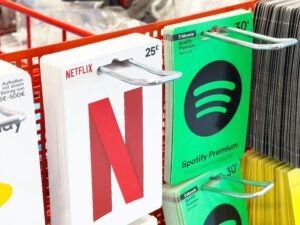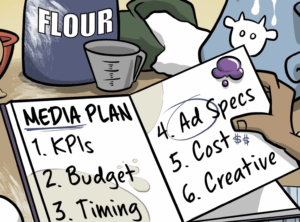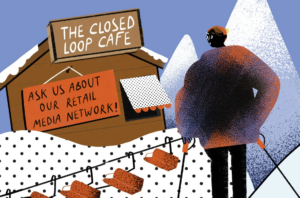 Publishers are under pressure to scale and monetize, but those business realities can dampen audience experience.
Publishers are under pressure to scale and monetize, but those business realities can dampen audience experience.
When Slate’s president, Keith Hernandez, called out janky links from content recommendation engines earlier this week, he noted that while they drive revenue, it’s often at the expense of quality.
Hernandez, who started at Slate a year ago after working at BuzzFeed, wants to build more audience loyalty by improving the user experience.
“I struggled initially with outstream (video) and the content recommendations we had did not match the mission of our site,” Hernandez said during a video panel hosted by Inneractive in New York City on Thursday.
“I think the actual intent of these products was not matching the output of the content.”
Agencies and brands like outstream video because of its high viewability rates and because it is seen as a way to monetize video when publishers primarily sell out their pre-roll inventory.
But because it doesn’t actually precede video content, some argue it’s not a premium video ad unit. And its positioning between an article’s editorial content can be viewed as disruptive to the user experience.
“We’ve seen instances where publishers have a ridiculous amount of code on the page and multiple tags for outstream and display, which works against the content flow,” said Yoav Naveh, who became VP of video for Taboola after it acquired the company he co-founded, ConvertMedia. “I always said, ‘You need to leave the article alone.’ And it’s the vendor’s responsibility to work with the publisher to improve the experience of their site.”
When Hernandez started at Slate, 79 pixels fired at any given time, which dragged down load times.
So Hernandez, like other publishers, needed to figure out how it balanced competition for its site’s real estate without being intrusive to readers.
“Publishers pummel their sites with pixels, but we need to get to a place where we have fewer, better ads on a page that might be more expensive, but they work better,” he said.
AdExchanger Daily
Get our editors’ roundup delivered to your inbox every weekday.
Daily Roundup
But the pressure pubs have to scale – which is growing as Facebook and Snapchat evolve as distribution platforms – directly affects the ads they show and their revenue strategy.
“You’re seeing tons of cuts at The Guardian and New York Times,” Hernandez said. “There’s probably more profitable bodegas in New York City than profitable media companies. And the big mistake is that people think that everyone has to be a 100-million-unique player.”
Being a niche publisher with a distinct voice and point of view should at least be as important as chasing the “quick wins” or the next growth figure, he noted.
Although native ad formats are intended to address this complicated intersection by matching the look and feel of an ad unit with the context of a page, they don’t always meet short-term revenue needs.
“Native is not where publishers make a bulk of their revenue today,” said Bill Alena, CRO of MeetMe, a social platform catering to Latin American audiences. “We were bullish on native, but when we rolled out custom formats, it was a disaster. There wasn’t demand. A 350×250 still creates more revenue than a native ad unit at this time.”














